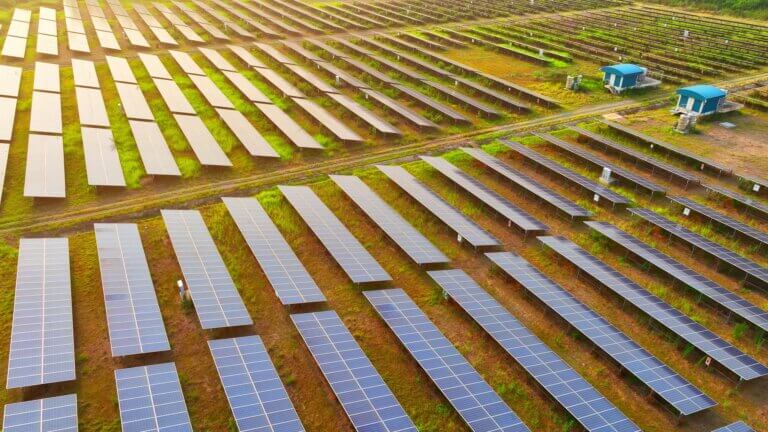The Community Solar Garden: How You Can Get Solar Power Without Putting Panels on Your Roof
Solar power is a great renewable energy source, but not every household can install the necessary panels. The emergence of community solar gardens provides accessibility to cleaner energy, cuts utility bills, and supports clean efforts for a sustainable future.
What Is a Community Solar Garden?
Community solar gardens are shared solar installations that multiple households or businesses can access and use. Panel installations can be in open fields, over parking lots, on communal business buildings, or even on farm plots that provide shade for plants. Communal solar panels are an excellent option for individuals who cannot install their own, whether due to cost, roof limitations, or living in an apartment complex.
Members subscribe to the solar provider, and the local utility company typically tracks solar credits in each household. Credits represent solar energy usage in place of nonrenewable power sources, and providers apply credits by subtracting them from monthly bills. Essentially, every time you use solar electricity, your bill should go down.
Solar Energy Across the U.S.
Community solar gardens are growing in popularity across the U.S., with at least one in 44 states, including Washington D.C. Twenty-four of these localities have passed legislation either encouraging or mandating community solar energy usage in some capacity.
Communal solar gardens can especially benefit cities. Urban areas are responsible for approximately 70% of greenhouse gas emissions, and the adverse effects of climate change are particularly prominent in them. For example, toxic air pollution and the urban heat island effect can be deadly and pose long-lasting health risks. Accessible, communal solar power sources reduce energy consumption and emissions while protecting more vulnerable populations from high utility prices and climate-related threats.
How You Can Join a Solar Garden
Whether you live in a green city, a suburban community or a rural farm, there are plenty of options for switching to solar energy. The following steps can guide you through the process:
1. Look for a community solar provider: The Department of Energy funds research projects that track community solar projects, which is a significant resource for monitoring solar efforts near you. You can contact your current providers for options — they may already have a solar source you can sign up for.
2. Become a member: Apply for solar subscriptions according to your provider’s instructions. You may have to pay a monthly fee, so ensure you compare options against your budget and power consumption. Consider the costs of fees versus the potential savings from solar credits and weigh those differences before committing.
3. Receive and monitor credits: Once a member, you’ll receive your solar credits with your bill. You should receive information on both your electricity usage and your solar credits, which should offset the bill payment. Monitor your consumption and credits earned, and you should ultimately have a lower utility bill.
The Importance of Solar Energy
Beyond lower bills and greener energy, solar power can provide extra energy during emergencies. Roughly 70% of current U.S. power infrastructure is over 25 years old and may not be able to withstand natural disasters like hurricanes and storms, which can leave homes without electricity for extended periods. Solar power can provide electricity to homes and cities to avoid prolonged outages.
Access to clean energy, cheaper bills, and a source of electricity during disasters greatly supports social equity for vulnerable populations. However, studies found that only 8% of solar energy in 2020 was from community solar. This could be due to a lack of knowledge of solar options and federal housing barriers. The Department of Housing and Urban Development has addressed solar barriers for residents in federal housing and posted guidance for residents in assisted housing on how to access renewable power.
Another challenge of solar electricity is its inconsistency. It relies on the natural sun cycles, so nightfall or weather conditions affect its availability. Intermittent energy can strain grids and must be subsidized, which is why switching entirely to solar power is a challenge.
Solar energy can be stored in large batteries for peak demand, which mitigates inconsistent patterns. To overcome grid strains, engineers are developing and implementing smart grid technology by integrating various power generation sources. Solar technology and policy are still evolving, but every step forward will significantly impact the future of electricity.
Powering Communities Together
Community solar gardens offer an incredible opportunity to add green energy to your home without the need for solar panels. By incorporating solar energy, you can reduce your carbon footprint, save on bills, and support a healthier future.









